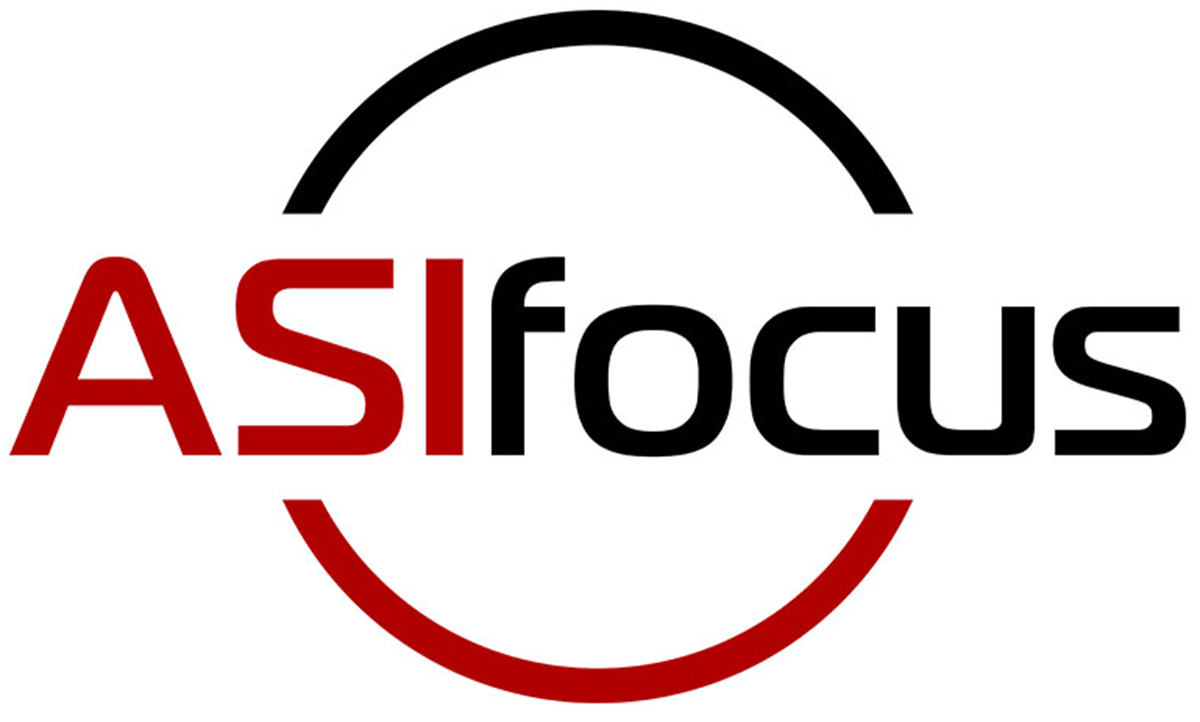 While there are numerous important factors contributing to the success or failure of a company, having the right business software is the foundation upon which all other factors are built. From accounting, and customer service; to sales, marketing and management – none can achieve the desired level of productivity without the assistance of a comprehensive and reliable ERP / Accounting system such as Sage 100 ERP, (formerly known as Sage ERP MAS 90 / Sage ERP MAS 200).
While there are numerous important factors contributing to the success or failure of a company, having the right business software is the foundation upon which all other factors are built. From accounting, and customer service; to sales, marketing and management – none can achieve the desired level of productivity without the assistance of a comprehensive and reliable ERP / Accounting system such as Sage 100 ERP, (formerly known as Sage ERP MAS 90 / Sage ERP MAS 200).
There is no question that technology has evolved drastically in the last 50 years, but in the last 10 – business software specifically has come to a whole new level. Many organizations who implemented the latest and greatest software ten years ago, (many upgrading from their old DOS-based systems) were thrilled to find improved functionality and better business capabilities. However, as is often the case – what was effective then is no longer keeping up in today’s highly competitive, global environment.
How do you know if it’s time for new ERP software? The following are a list of some of the common challenges expressed to us by clients who ultimately made the decision to upgrade to a better system with more comprehensive capabilities.
1. Unable to integrate (or link) to other systems/modules.
Old software can be notoriously difficult to integrate to other necessary business applications. When a company is forced to store data in numerous separate locations, the need for duplicative data entry efforts is increased, and productivity and data consistency are reduced. Siloed systems are not beneficial long term. The good news is that newer technology possesses a greater capacity for integration, and scalability.
2. A lack of operational capabilities.
Many early ERP applications were primarily focused on providing thorough core accounting functionality. However through the years, businesses – especially those in the manufacturing and distribution industries – have found that the operational side of their organization is just as vital as the financial. From inventory and warehouse efficiency, to purchasing and manufacturing management – modern day companies looking to remain competitive require business systems that have the capacity to provide organization-wide data sharing and access, as well as streamlined efficiencies across the board.
3. The software is too complex / expensive to upgrade.
One of the downfalls of older systems is that they required complex customizations which often reduced the ability for future maintenance and upgrades. The bad news is that old technology is only going to get older and more difficult to maintain. The good news is that with today’s cloud-based options, companies who are in need of a change not only have access to affordable, integrated solutions; but should they make the move to a more scalable system they will benefit from increased efficiencies and much easier ongoing maintenance and upgrades going forward.
4. The system is transaction-based and does not provide any real-time information.
Real-time information is critical to successful decision making. Gone are the days when senior management can wait a week (or more) for a report. Companies can no longer afford to sit tight while administrative staff pulls data out of the system, keys it back into Excel and then runs calculations to report on data that is by now more than 7 days old. You need access to true data and reporting configured to reflect the most applicable information to meet your specific needs.
5. The system is too generic and lacks industry specific capabilities.
Quite a few of our clients have mentioned struggling with a lack of industry specific functionality when they first came to us for help. Business processes vary wildly from company to company, not to mention from industry to industry. Unfortunately ERP software of old was designed to meet the overall needs of numerous industries, while failing to measure up when it came to providing individualized functionality. The good news is, many software developers have recognized the need of more industry-specific features and modules and are providing significant improvements, supplying personalized options to help specialized companies achieve a greater level of success.
If one or more of the five challenges in this article sounds familiar, you may want to consider investing in newer technology such as Sage 100 ERP. You may be interested in viewing our complimentary whitepaper, 37 New Ideas for Growing Businesses. Get it now…
